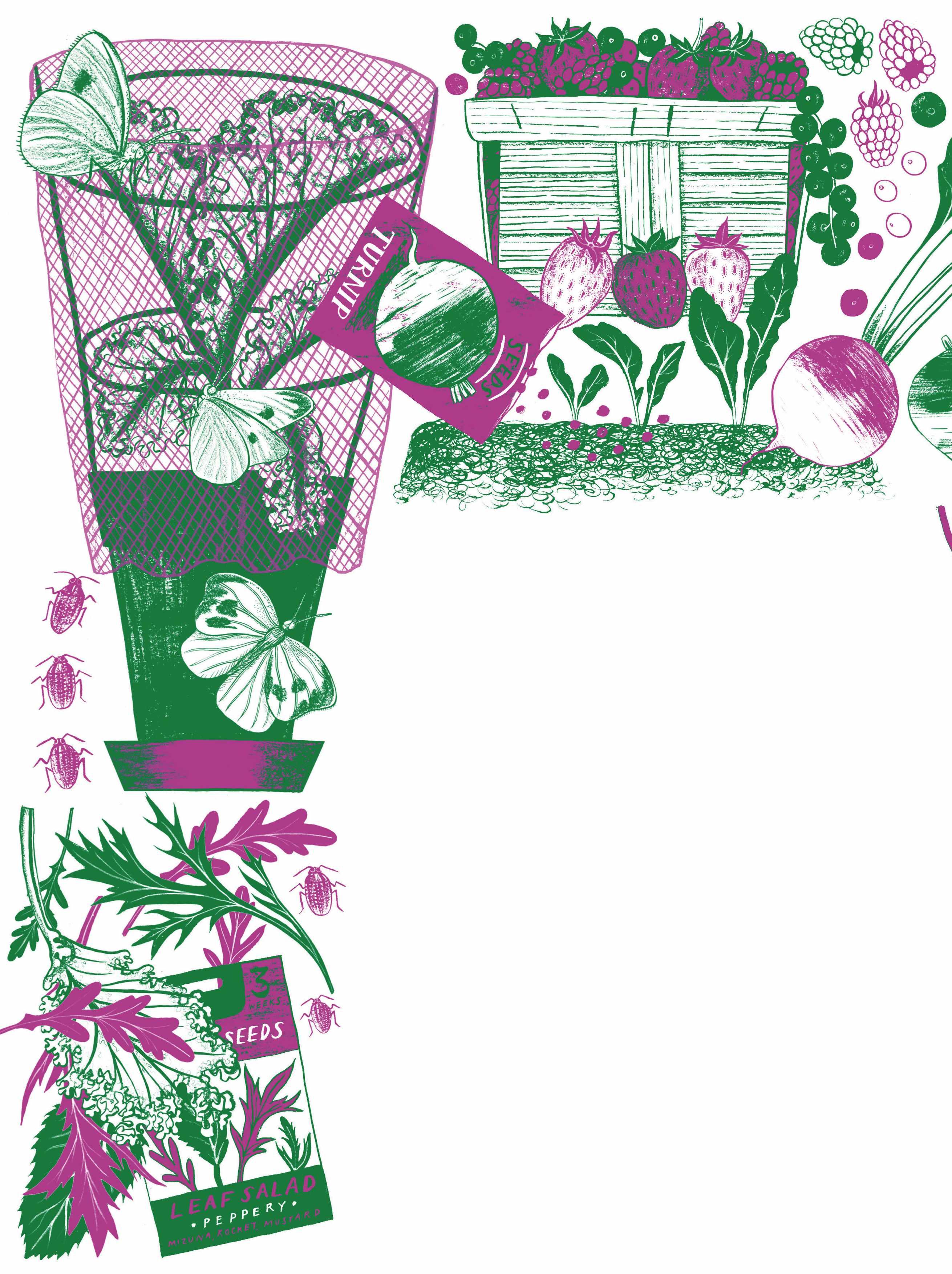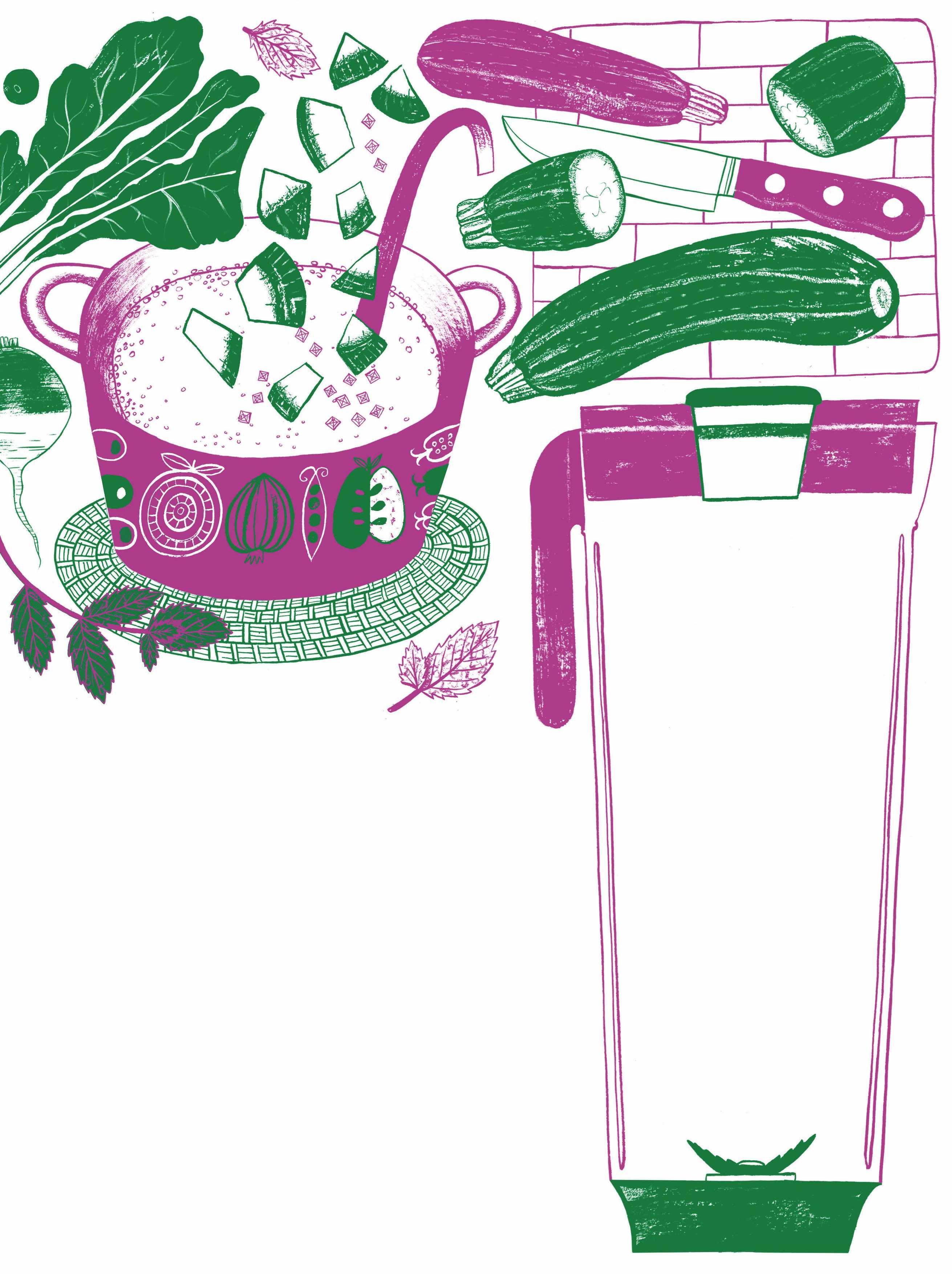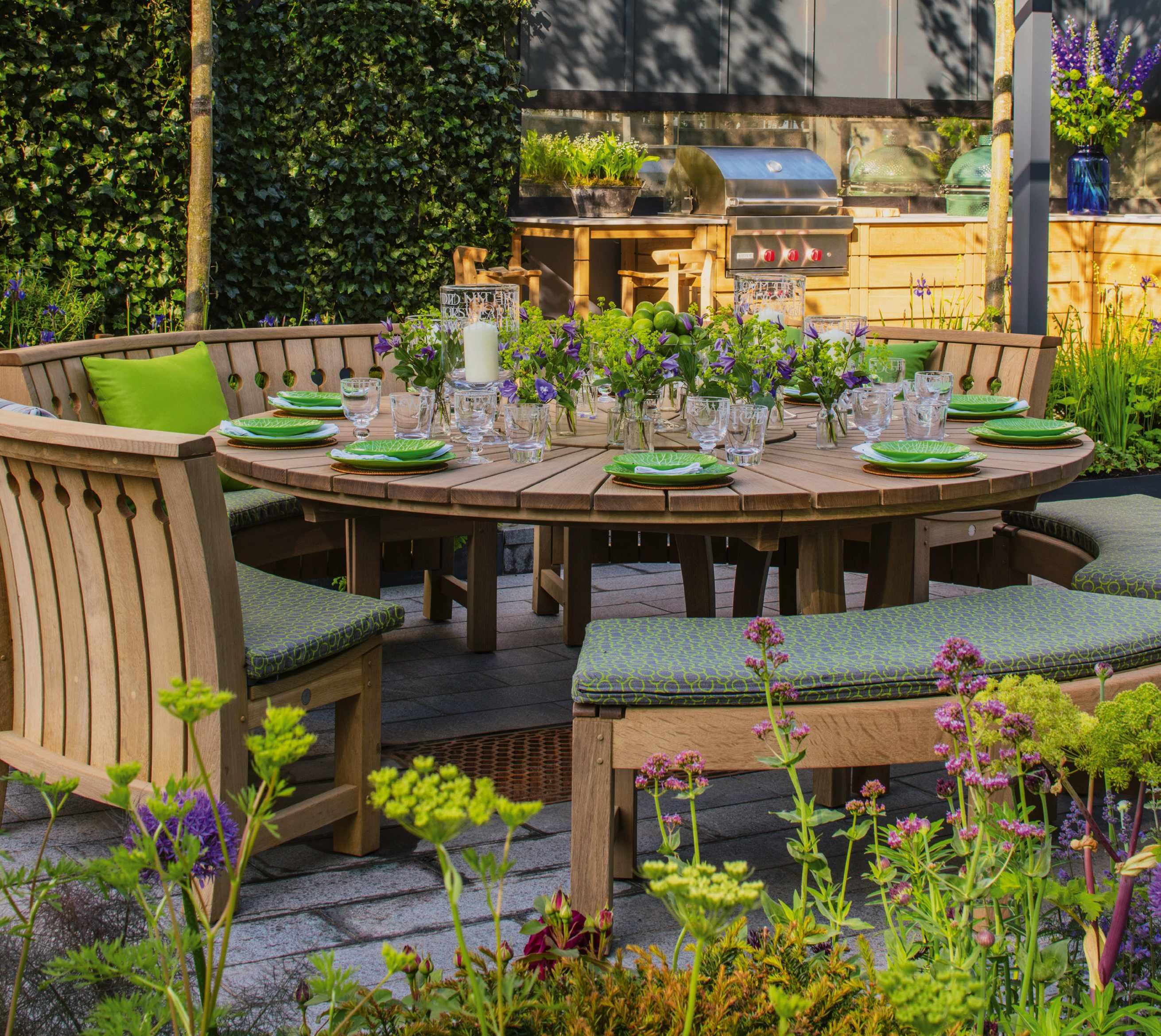
5 minute read
Quick fixes Between watering and feeding, Great Dixter’s Aaron Bertelsen carries on sowing for future harvests
QUICK FIXES
You may have your hands full with watering and feeding this month, but don’t forget to future-proof your harvest by sowing turnips and salad greens, and planting out kale seedlings
WORDS AARON BERTELSEN ILLUSTRATION ALICE PATTULLO
ith any luck, July What to sowW is the month when you will start to feel like all the hard work you put in earlier in Along with peppery salad greens, turnips are ideally suited to a high summer sowing, as they too are popular with flea beetle. In the past, they were often dismissed as cattle food, but now – the year is paying off. With the garden rather like my beloved pumpkins – they and containers bursting with fruit and are having a moment in the limelight and vegetables, it is sometimes difficult to I for one am very happy about this. They look beyond the immediate need to are particularly delicious when young keep watering and harvesting in order and tender, so sow them regularly and to keep plants healthy and productive harvest when they are just a little bigger and enjoy the produce at its best. than a golf ball. I like to roast them
But even at this bountiful time of year, whole, tossed in a little olive oil and salt. we must look to the future. I like to cut I find turnips do best sown direct. back perennial herbs, such as mint, thyme Sow thinly – I pour some seeds into the and rosemary, at this time, give them palm of one hand and use the fingers a good feed with organic sheep pellets of the other to pick up a small pinch and top dress with John Innes No.2 or and sprinkle it on to the soil, trying to another decent compost. Water well, avoid the seeds clumping together. Water and new growth will soon appear. regularly and consistently to stop the
This is also the perfect time to sow roots from splitting. Try to avoid sowing peppery salad leaves such as rocket, turnips in the same soil as last year, as mizuna and mustard greens, which they are susceptible to club root, a soilare vulnerable to attack by flea beetle if borne disease. A four-year gap is ideal, sown earlier in the year. Get them started if you can manage it. Alternatively, they now, and you will still be harvesting your will do very well in a good-sized pot, but own fresh greens well into the winter. you must be diligent about the watering.
What to plant out
Get kale seedlings out now so they can put on some growth while the soil – and the weather – is still warm, and be ready for harvesting once the colder weather has done its magic and turned the starches to sugar. Ideally, wait until after the first frost. These are large plants, so leave around 45cm between each one when planting out – less if you are growing them in a pot. Firm the soil around them, water well and cover with netting to provide protection from cabbage white butterflies, which love to lay their eggs on the underside of the leaves, and from pigeons, which will make short work of a row of seedlings. Don’t delay adding the netting until the next day as pigeons get up very early. You may find that the plants need support later on. They do not have very deep roots, and will suffer in strong winds. I use short, chestnut stakes – remember, you are only trying to support the stalk. Kale is also vulnerable to club root, so will need to be rotated through the vegetable garden and, if grown in a pot, planted into fresh compost.
What to harvest
In a decent summer, courgettes should be cropping well by now, raising the perennial question of what best to do with a glut of this most prolific of vegetables. Courgette soup makes for an interesting variation on the theme. My recipe comes from my neighbour, who grows her courgette plants on a pile of leaf mould – an excellent idea, as the courgettes stay clean when it rains or when they are watered. Water is vitally important to them. Skimp on it and they may become hollow inside, or develop blossom end rot. I like to harvest mine every morning, as they are much nicer eaten young and tender. Use a sharp knife to cut through the stem cleanly, rather than trying to pull or twist the fruit off. This way you are much less likely to cut into the stem or damage the other developing fruit. Take the opportunity to remove any deformed or damaged fruit, and some of the older leaves, so that the sunlight can get in and the air can circulate.

Jobs for July
Watering is never more important
than now. Heat and dry soil can cause crops to run to seed so water thoroughly to keep plants from becoming stressed. You will be glad of any hard work you did in winter to incorporate organic matter: healthy soil with a good structure is much better at holding moisture. Feed crops in pots once a week. By
now any food that was in your compost or potting soil will be used up, and the plants will be relying on you for their nutrients. I like to use liquid seaweed or tomato food. Keep picking soft fruit to encourage plants to produce more.
I like to give them a boost with a sprinkling of pellets made from organic sheep manure. Water well after application to encourage plants to put on the growth that will form next year’s fruiting wood. Give gooseberries a summer prune.
Cut the new growth back to five buds from the base of the branch. This will help to stop the plants getting congested, and keep the air circulating through them. Now is prime time for fungal
diseases. Think hard before reaching for the fungicide, though. In killing off the ‘bad’ fungus, you also risk killing off the good: the multiplicity of tiny organisms that contribute so much to the health of our soils. I prefer to focus on keeping my plants as healthy as possible, and on maintaining good hygiene and air circulation through regular picking, weeding and pruning.











